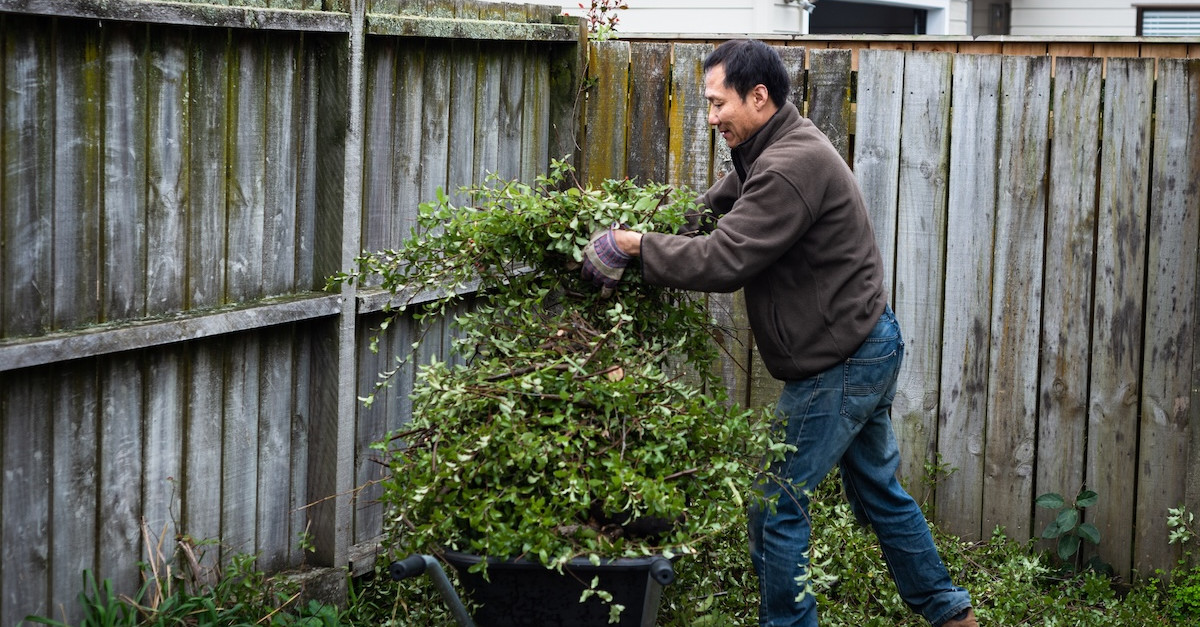How to Manage Tree Heat Stress in Summer
Excessive heat can be stress-inducing for anyone. And while they may not have the level of consciousness we do, your trees can feel the effects of scorching summer in their own ways (though some argue that they’re sentient beings, too).
Most mature trees will survive high temperatures, but if you have young plants or the weather is especially brutal, here’s what you can do to help them handle heat stress.
What Are the Signs of Heat Stress on Trees?
In excessively high temperatures, periods of drought, or both, vulnerable trees may begin to exhibit signs of heat stress. In some cases, they’ll enter an unusual phase of summer dormancy to protect themselves by dropping their leaves. Rarely, trees may grow weak and become susceptible to pest infestations or diseases. Before that happens, however, there are usually signs that they could use a little extra help, including:
- Reduced growth
- Wilting or dead leaves
- Premature blooming or fruit drop
Should you notice these signs of heat stress on trees in your yard, you’ll want to act quickly to prevent further damage.
How to Beat Tree Heat Stress
Pause the Pruning
While summertime pruning might be safe under some circumstances, you’ll want to avoid making any cuts on a tree experiencing heat stress. The last thing a vulnerable tree needs is additional trauma from any new cuts. We therefore advise against any trimming unless your tree is posing a hazard to your property — in which case you’ll want to call us for prompt tree removal.
Soak the Soil
Extreme heat will pose the greatest risk for both the oldest and youngest trees on your property, so focus your watering efforts on these in particular. Because water loss doubles for every 18-degree increase starting at 40 degrees Fahrenheit, your trees will lose moisture rapidly in high temperatures. Even the mid-90s can impede photosynthesis, but the greatest risks of damage emerge at 115 degrees.
Lend your trees a helping hand by replenishing the moisture they’re losing through accelerated transpiration. Water deeply at their roots about once a week, to the point that you’d be able to easily insert a screwdriver into the soil. Allow full drainage before you water again since soggy soil can introduce issues like fungi.
Embrace Shade
While sunlight is essential to tree health, too much direct sun can be damaging for young saplings. Ideally, your landscape will be laid out to strategically offer some shade for newly planted trees or shrubs. But if that isn’t the case, you can still set up temporary protection for cooling relief. Try a beach umbrella, bedsheets, or even cardboard in a pinch. Situate your shade so there’s still plenty of space for airflow.
Mind Your Mulch
Spring is ideal for mulching since it supports plants during their growth phase. If you haven’t gotten around to it this year (or if your mulch has eroded from high winds or rains), it’s a good idea to protect your tree’s base with a fresh layer now. Aim for a depth of three inches, which will help to lock in hydration at the roots, but leave a small space around the bark to keep pests and fungus at bay.
Schedule an Assessment With Premier Tree Solutions
From heat stress to pests and disease, there are lots of issues that can affect your trees’ health. If you have a tree that’s looking worse for wear, allow our specialists to assess its condition and offer a solution. Contact us for a free estimate by calling (404) 252-6448 or by sending us a message.










